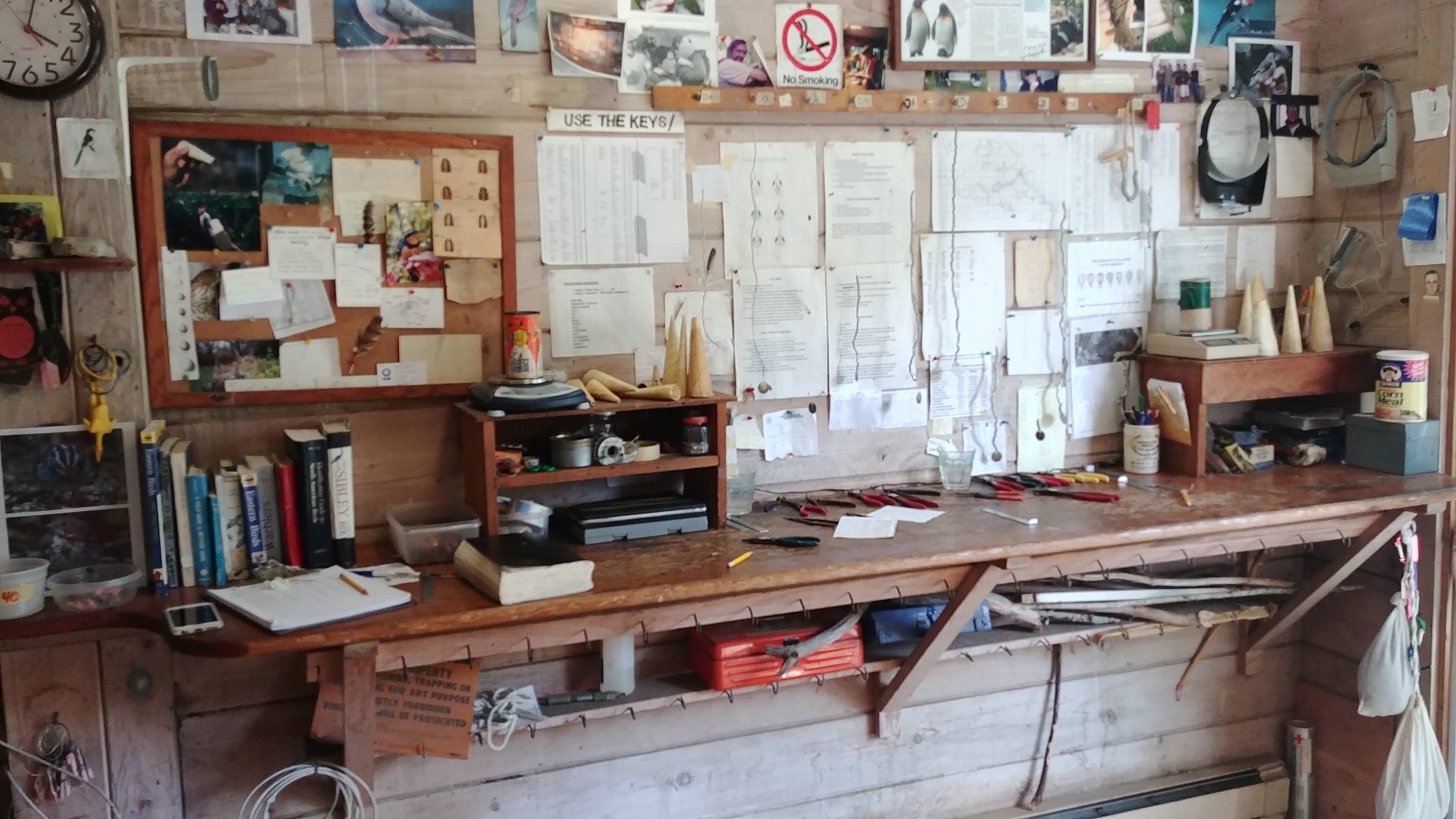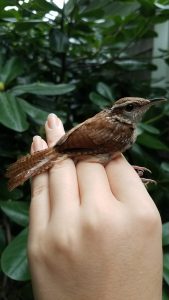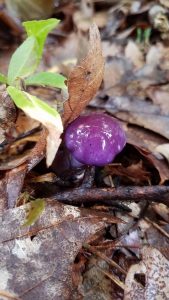
The Manomet Banders

All the rain and wind this week meant that our nets were not open often. When we did find gaps in the weather to open the nets, our efforts resulted in low capture rates and a high proportion of recaptured of birds. We ended the week with 35 new birds banded and 44 recaptures, bringing our new birds banded total to 438 and recaptures to 295. The strong northeast winds Monday pushed pelagic bird species into Cape Cod Bay and close to Manomet’s shores. We enjoyed close views of Cory’s, Great, and Manx Shearwater, as well as Red-necked Phalaropes and Northern Gannets. At the same time, the first large flights of migrating sea ducks began to pass by Manomet, with all three species of scoter heading south in the 100s. Two Peregrine Falcons have been harassing both gulls and cormorants over the bluff, stooping and then pulling out of their dive at the last second. Among warblers, Blackpoll were our most common capture, but we also caught Nashville Warbler and a hatch-year female Connecticut Warbler.
We had two educational groups visit this week. Deb Harrison’s AP Biology class from The Noble and Greenough School visited for a banding demonstration and tour of the net lanes. While on a net run, the class was able to identify several species of native and invasive fruiting plants as bird food. The Stonehill College Ornithology class visited Thursday morning and were shown the ropes of the banding lab. We were able to show the class several Gray Catbirds as well as our first Brown Creeper of the fall. Creepers have a high-pitched call and are more often heard than seen due to their small size and cryptic coloration. Up close views of these birds will reveal long claws, a decurved bill, and stiff rectrices that are used to creep up tree trunks and glean insects.
 Springing up almost overnight after heavy rains, purple, orange, and red mushrooms and fungi continually dot the net lanes. Mushrooms grow in size based on the water they absorb, so after rain the cells enlarge with water, increasing the size of the mushroom quickly. Mushrooms are the fruiting body and pop up to deposit spores while the majority of the organism remains below ground. This is why after heavy rains mushrooms can seem to appear overnight.
Springing up almost overnight after heavy rains, purple, orange, and red mushrooms and fungi continually dot the net lanes. Mushrooms grow in size based on the water they absorb, so after rain the cells enlarge with water, increasing the size of the mushroom quickly. Mushrooms are the fruiting body and pop up to deposit spores while the majority of the organism remains below ground. This is why after heavy rains mushrooms can seem to appear overnight.





 Back to all
Back to all